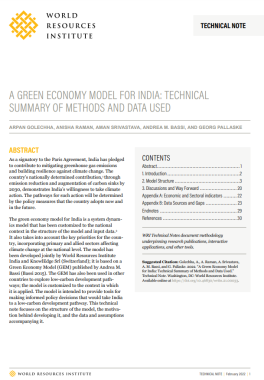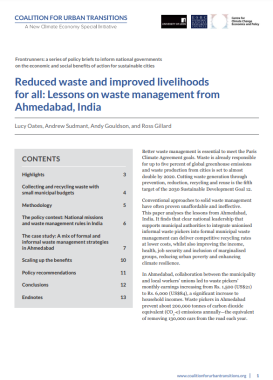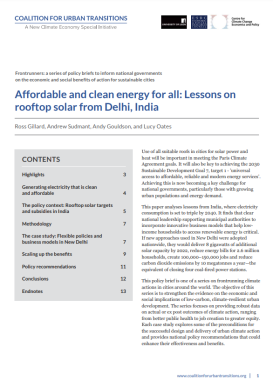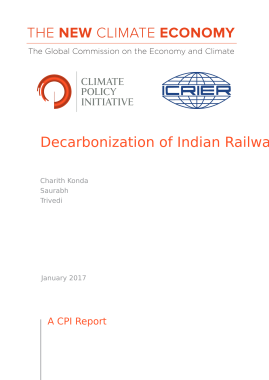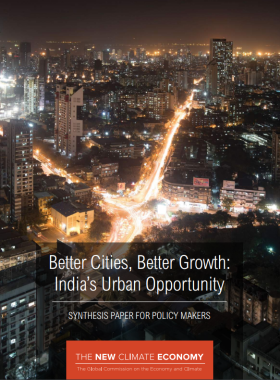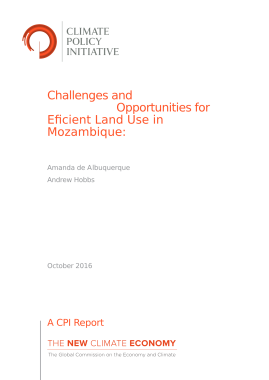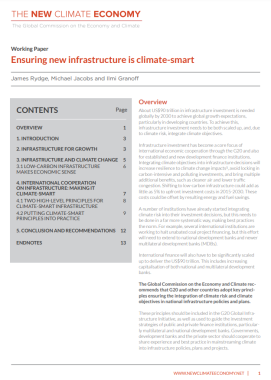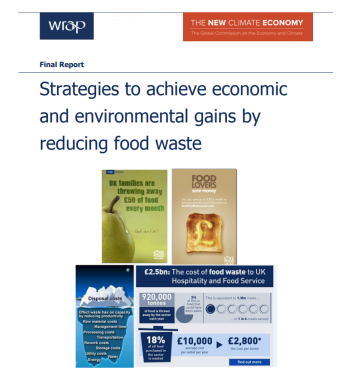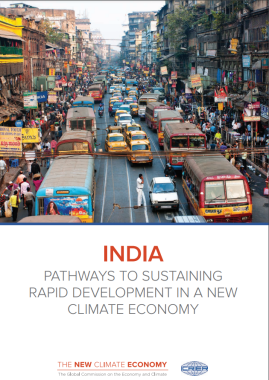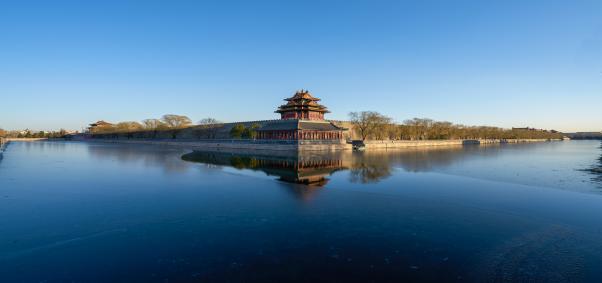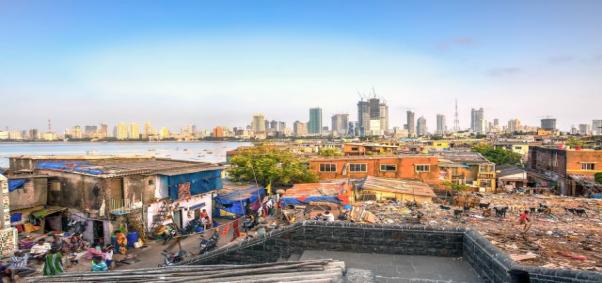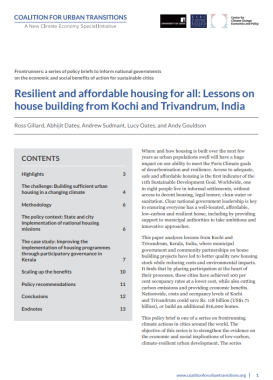
This paper analyses lessons from Kochi and Trivandrum, Kerala, India, where municipal government and community partnerships on house building projects have led to better quality new housing stock while reducing costs and environmental impacts. It finds that by placing participation at the heart of their processes, these cities have achieved 100 per cent occupancy rates at a lower cost, while also cutting carbon emissions and providing economic benefits. Nationwide, costs and occupancy levels of Kochi and Trivandrum could save Rs. 118 billion (US$1.71 billion) or build an additional 816,000 homes.
Downloads
3.96 MB
1.98 MB
4.04 MB
2.03 MB
1.48 MB
2.76 MB
1.57 MB
11.47 MB
712.23 KB
919 KB
2.36 MB
1.87 MB
2.06 MB
1.54 MB
3.67 MB
798.24 KB
![]() Resilient and affordable housing for all: Lessons on house building from Kochi and Trivandrum, India
Resilient and affordable housing for all: Lessons on house building from Kochi and Trivandrum, India

